Fall Prevention in Hospitals and Nursing Homes: How Providers Can Limit Adverse Events
February 13, 2023 Falls are some of the most common injuries that patients sustain in a hospital setting. According to the National Center for Biotechnology Information (NCBI), roughly 700,000 patient falls occur in American hospitals every year, leading to 250,000 injuries and 11,000 deaths. Approximately 1 in 4 patient falls result in injury, with 10% resulting in serious ones. To reduce fall risks and avoid preventable injuries in already-vulnerable patients, providers must uphold effective fall prevention guidelines and commit to always making safety a priority.
Falls are some of the most common injuries that patients sustain in a hospital setting. According to the National Center for Biotechnology Information (NCBI), roughly 700,000 patient falls occur in American hospitals every year, leading to 250,000 injuries and 11,000 deaths. Approximately 1 in 4 patient falls result in injury, with 10% resulting in serious ones. To reduce fall risks and avoid preventable injuries in already-vulnerable patients, providers must uphold effective fall prevention guidelines and commit to always making safety a priority.
Identifying Fall Risks in Patients
The first step providers need to take to protect patients from falling is to identify risk factors. Some risk factors for falls include:
- Being in an unfamiliar setting, like a hospital or a physical rehabilitation center
- Certain medications, like ones that cause dizziness and/or drowsiness
- Lack of physical activity
- Illnesses, medical treatment, and/or tests that that make patients feel weak or unsteady on their feet
- Gait instability
- Agitation, confusion, and/or irritability
- Having an adverse drug reaction
- New urinary incontinence and frequency of urination
- A history of a recent fall
How Providers Can Prevent Patient Falls
Similar to patients in hospital settings, nursing home patients also face considerable fall risks. According to the Agency for Healthcare Research and Quality (AHRQ), roughly half of all nursing home residents fall each year. Once a nursing home resident falls once, their chance for falling again increases: about 1 in 3 who fall will fall two or more times that same year. Falls can have serious consequences for patients, particularly those who are ill or elderly. Complications that stem from falls in skilled nursing facilities and hospitals include a reduced quality of life, decreased ability to function, increased fear of falling and a restriction of other activities, serious injuries, and an increased risk of death.
Hospitals and other types of medical providers’ first line of defense against patient falls is to assess every individual’s level of risk. Once a provider identifies that a patient presents a fall risk, there are several crucial steps they need to take to safeguard them from sustaining avoidable – and sometimes deadly – injuries.
Here are some examples of the steps that providers need to take from the AHRQ:
- Familiarize the patient with their environment.
- Have the patient demonstrate that they can use call lights to notify staff if they need help.
- Maintain call light(s) within the patient’s reach.
- Keep the patient’s personal possessions within reach.
- Install sturdy handrails in all patient bathrooms, room, and hallways.
- Place hospital bed in a low position when patient is resting in bed; raise the bed to a comfortable height when the patient is transferring out of bed.
- Keep hospital bed brakes locked.
- Keep wheelchair wheels in “locked” position when stationary.
- Keep nonslip, comfortable, and well-fitting footwear on the patient.
- Use night lights or supplemental lighting to promote visibility.
- Keep floor surfaces clean and dry; clean all spills and clear clutter and objects off floors promptly.
- Keep patient care areas uncluttered.
- Follow all safe patient handling practices.
The AHRQ also stresses the importance of conducting hourly rounds on patients. When rounding on patients, nursing and/or other hospital staff should focus on the “4 P’s” or “5 P’s”, which are:
- Assess the patient’s pain level. Unmanaged pain can increase a patient’s risk of falling. If necessary, prescribe pain medication to improve symptoms.
- Personal needs. Offer to assist the patient with using the bathroom. Offer nutrition, hydration, and empty commodes and/or urinals.
- Help the patient get into a comfortable position or turn immobile patients to preserve skin integrity and to avoid bed sores from developing.
- Make sure that the patient’s essential needs, like their phone, reading material, call light(s), toilet equipment, etc., are easy for them to reach.
- Preventing falls. Take additional steps to mitigate a patient’s fall risk. For example, request that the patient’s friends or family utilize the call light if the patient needs to get out of bed for any reason.
When Is It Time to File a Medical Malpractice Claim?
When it comes to patient falls in hospital settings, the provider is legally responsible for addressing and rectifying known risk factors. In other words, hospitals and their staff must protect patients from recognized hazards like falls. When a patient falls in a hospital, it is a sentinel event. Sentinel events are a type of patient safety event that results in death, permanent, or temporary harm. Despite being nearly entirely preventable, this sentinel events are often debilitating to patients and their loved ones.
Patients who sustain injuries that stem from a medical mistake should consider filing a medical malpractice claim to recover damages. Medical malpractice occurs when doctors, hospitals, or other healthcare providers fail to follow their own professional standards and cause injury or death to a patient. According to The Joint Commission, a non-profit responsible for accrediting tens of thousands of healthcare programs and organizations across the country, sentinel events like falls are frequently due to providers making the following errors:
- Communication failures
- Failing to adhere to protocols and/or safety practices
- Inadequate staff orientation, training, supervision, and/or a lack of leadership
Contact a Lawyer
At Galfand Berger, our attorneys have been tirelessly fighting on behalf of injured victims for over 75 years. We have successfully litigated an array of medical malpractice cases for our clients, including:
- Our client’s five-month-old baby passed away after a failed heart operation. Our attorneys teamed up with world-famous medical experts to prove that the implanted device was defective and not fit for the type of heart surgery that doctors performed on our client’s infant. Our attorneys were able to reach a confidential, multi-million-dollar settlement on behalf of our clients.
- Our client suffered a severe brain injury after her heart stopped due to a drug overdose. The defendant healthcare provider failed to place a pacemaker in the client until 30 minutes into her code blue; by the time the provider placed the pacemaker, the client suffered an irreparable brain injury. Our staff secured a $2,10,000 settlement for our client.
If you would like to learn more about filing a medical malpractice claim, someone at our firm can help. Contact a representative online now.
Philadelphia Medical Malpractice Lawyers at Galfand Berger, LLP, Representing Injured Victims Since 1947
If you were injured by a negligent care provider and you would like to pursue a full and just recovery of damages, contact our Philadelphia medical malpractice lawyers at Galfand Berger LLP today. Call us at 800-222-USWA (8792) or fill out our online form for a free consultation. Located in Philadelphia, Bethlehem, Lancaster, and Reading, we serve clients throughout New Jersey and Pennsylvania, including Allentown and Harrisburg.
 Google Screened
Google Screened
